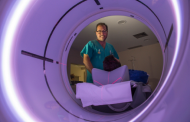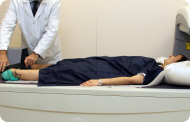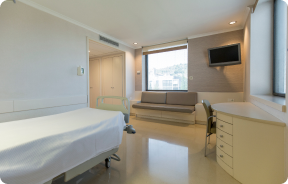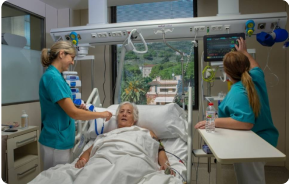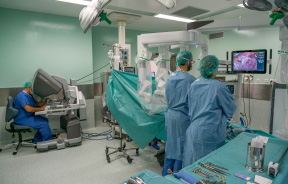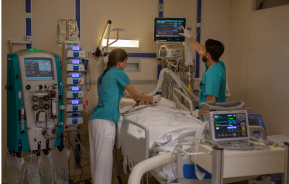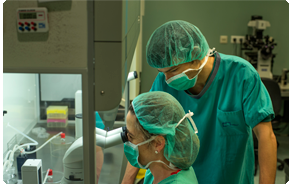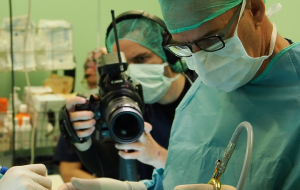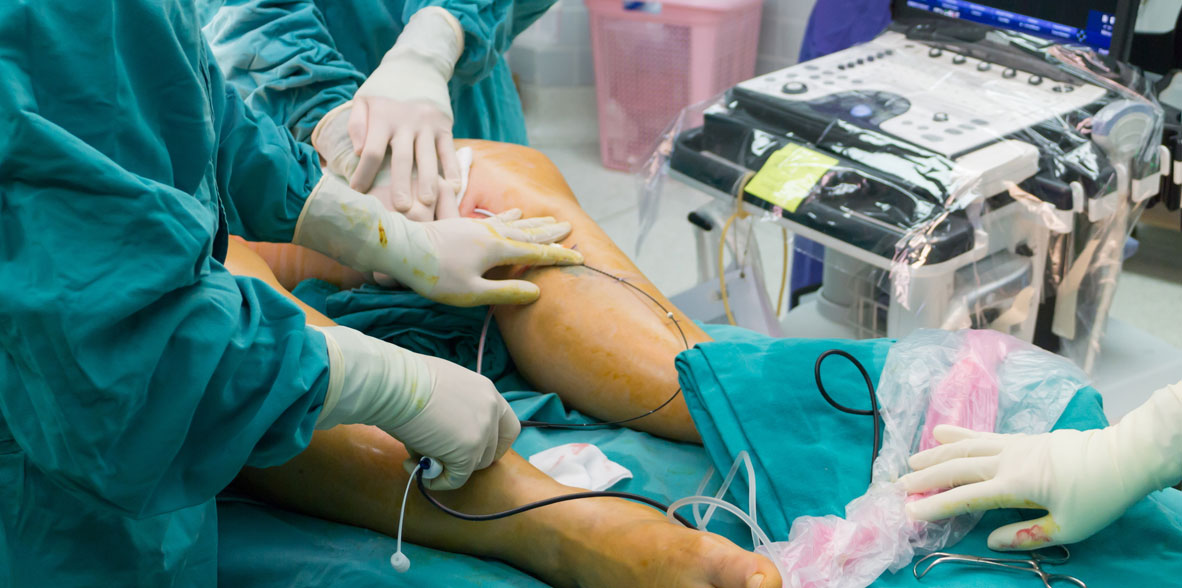

 Centro Médico Teknonen/health-centers/centro-medico-teknon
Centro Médico Teknonen/health-centers/centro-medico-teknon
Thicks legs are the reason for consultation in many occasions. The causes vary and go from an exclusive aesthetic concern to the pathological as they are the case of fatigued legs the origin of which is in poor circulation or painful legs as a result of cellulitic or edematous accumulation
The causes of thick legs can be as follows:
Thick legs of venous-lymphatic origin that result in edema of the extremities
- Thick legs of traumatic origin, associated with bony or joint lesions of white tissues, in which added to the trauma, there has been vascular compromise which has gone undiagnosed and which causes edema of a varying degree.
- Congenital origin, associated with amniotic brida,congenital lymphedema or vascular malformations such as the Klippel-Trénaunay Syndrome.
- Thick legs of neoplasic origin: the vascular ones that generally respond to a compromise of venous and/or lymphatic drainage of the extremity because of neoplasia, by generating blocks of secondary lymphedemas or deep venous obstructions.
- Fatty thick legs: these are among the most common ones and can respond to an anomylous distribution of fat, associated with obesity in the majority of cases.
- Thick legs associated with cellulitis with particular trophic characteristics, associated or not with fatty dysmorphias.
- Thick legs caused by benign tumors of the soft parts of the extremities, like lipomas.
- False Thick Legs
False thick legs respond to asymmetry of the extremities depending on atrophies or reduction in volume of one of them, in comparison with the opposite extremity considered as healthy. They can be caused by:
- Muscular atrophies: results of paralysis, polio, prolonged immobilization, as well as orthopedic problems that may be resolved with the use of insoles or therapeutic therapies
- Cutaneous atrophies: results of burns of traumas, sclerosis secondary to chronic venous insufficiency.
The medical history and physical exam are the necessary elements for a differential diagnosis of these pathologies
It is important to point out here that the transcendence of cellulitic accumulation in a leg that suffers from poor support because of orthopedic reasons, while the other one presents some normal characteristics. Or the case can exist where the orthopedic problem affects both legs because of simple bad support of both feet.
- Thick Legs of Venous Origin
There exists an elevated incidence of peripheral venous disease in the adult population. This disease can be owing to the presence of varicose veins, to edema and to the association of both.
The medical history and physical exam are the first step in diagnosing the existence of venous vascular disease of the extremities, which is confirmed through common diagnostic testing (venous doppler).
The venous parts can reveal:
Varicose veins: especially in the varicose paths which deform the extremity in the position of the foot and which collapse on elevating the limb.They usually co-exist with a certain degree of associated edema:
• Post-thrombotic syndrome: obstructive follow-up or deep valvular insufficiency as post-thrombotic sequels, cause edema of the extremities with subsequent underlying development of secondary varicose veins.
• Deep venous thrombosis: in the acute stage, significant edema of the extremity with pain and muscular mass. Diagnostic methods aid in the diagnosis and location of the thrombosis
- Traumatic Thick Legs
The presence of edema in traumatized extremities is not frequent, but, depending on the magnitude and the type of trauma that it has had, will determine the therapeutic regimen.
The association of trauma with deep venous thrombosis is not odd, these have to be evaluated in each case by adequate diagnostic techniques.
Thick legs are the reason for a medical consultation in many occasions. The causes vary and go from and exclusively aesthetic motive to a pathological one as is the case of tired legs the origin of which is poor circulation or also aching legs as a consequence of cellulitic and edematous accumulation
- Thick Leg of Congenital origin
The vascular causes which can bring about an increase in the volume of a limb since birth include malformations or arteriovenous fistulas, vascular tumors, congenital lymphedemas and other forms of fleeting edema of the extremity brought on by amniotic cord band.
- Thick Legs of Neoplastic Origin
These can respond to benign or malignant lesions of the extremity which cause a localized deformity of the limb or a global increase of the same because of the co-existence of edema of the venous or lymphatic cause.
- Thick Legs of Adipose Origin
These are a frequent cause of consultation. They may be associated with vascular pathology difficult to detect owing to the abundant associated adipose tissue.
- Thick Legs og Lymphatic Origin
These are usually owing to unilateral lymphedema. In addition, the existence of vascular complications must be ruled out.
- Conclusions
In all cases, it is necessary to perform a differential diagnosis based on the medical history and from the special diagnostic tests, such as the venous doppler and others.
The treatment will depend on this diagnosis as a function of the originating cause of the thick legs and their possibilities of evolution.



